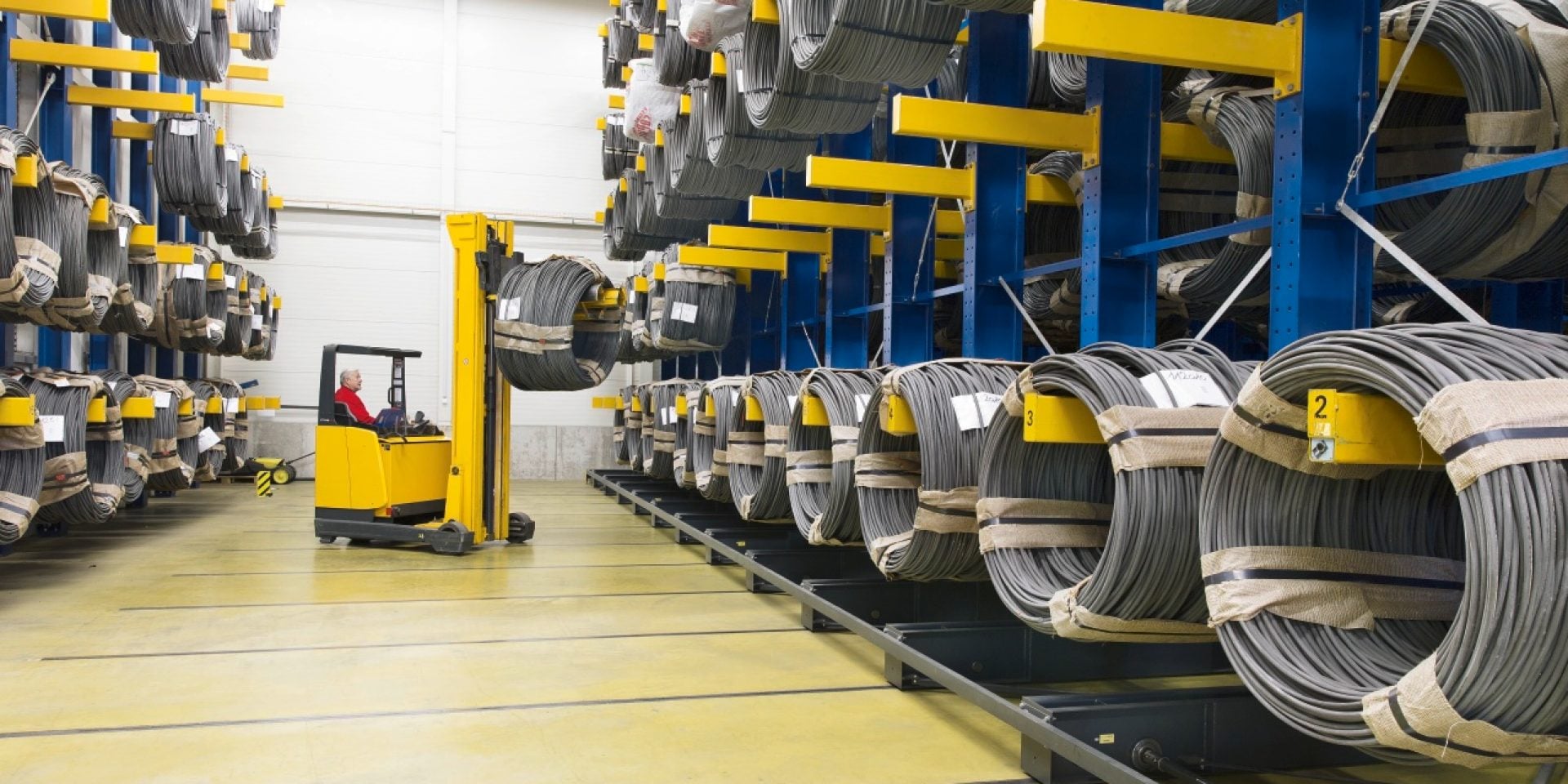Quality Maintenance In Whole Productive Maintenance
Continuous Improvement Consulting services Gujarat improvement is a fundamental principle of High quality Upkeep. Organizations should regularly attempt to improve their upkeep processes, procedures, and practices. This entails usually reviewing maintenance information and metrics to identify areas for enchancment, and implementing modifications to improve gear reliability and performance. Root trigger analysis is one other essential precept of High quality Upkeep. When equipment fails, it’s essential to identify the basis cause of the failure and take corrective action to forestall future failures. Root trigger analysis includes figuring out the underlying causes of gear failures and addressing them, quite than just fixing the immediate problem. Worker involvement is another important precept of Quality Maintenance. Workers in any respect levels ought to be concerned in maintenance activities, from identifying problems to implementing solutions. Employee involvement can improve morale, foster a way of ownership, and enhance productiveness. This requires a excessive diploma of transparency and an understanding of the processes and work of other departments. Think about that you needed to drive to Niagara Falls. Would you set out with none instructions? In all probability not, because you have no idea the best way to get the place you want to go. The same is true for an organization. Whole quality management requires that a company creates a strategic plan.
Additionally a part of those objectives are the 5S’s. They’re a set of workplace group and cleanliness principles geared toward creating an efficient and productive work surroundings. The 5S’s each begin with the letter "S," which describe the steps involved. 5S implementation aligns with TPM’s goal of making a clean, organized, and efficient work environment, which in flip contributes to improved productiveness and gear reliability. What Are the Six Predominant Losses TPM Eliminates? At its core, Lean Manufacturing is about delivering worth to the shopper by minimizing waste, increasing effectivity, and constantly bettering processes. It originated from the Toyota Production System and has since been adapted and applied in numerous industries throughout the globe. Identification and elimination of different types of waste: This contains wasted time, assets, and energy that do not add value to the end product or service. By eliminating waste, organizations can cut back prices, enhance lead instances, and improve buyer satisfaction. Culture of steady enchancment: This means that every worker, from the top administration to the shop floor employees, is inspired to identify and recommend improvements to the processes they're concerned in. This backside-up approach ensures that the organization is constantly evolving and finding new methods to deliver value to the shopper. Significance of teamwork and collaboration: It encourages cross-functional teams to work together to resolve issues and implement enhancements.
4. Detail your understanding of engineering ideas and processes. 5. Embody any awards, honors, or special recognition you could have received. 6. Emphasize any production or process enchancment initiatives you have got led. 7. Demonstrate your understanding of security regulations and good manufacturing practices. 8. Showcase the outcomes of any price reduction or improvement efforts you have undertaken. 9. Reveal your leadership skills and any expertise main teams or initiatives. 10. Present that you are comfy utilizing laptop software, programs and automation controls. The three stagers were skilled for larger-stage positions. A manufacturer was having hassle keeping up with an elevated demand for orders. Pre-manufacturing lead occasions have been long, and nonvalue-added administrative tasks delayed orders getting to the floor. Administration turned to lean techniques to map out the customer service process and eliminate waste from the value stream. Heijunka is a apply finest suited to manufacturing the place the product’s you’re making are either complicated or take a very long time to create, and when the demand for your products is pretty predictable. This is because your security stock should assist you to always meet an order (which won’t be true in case your demand spikes randomly) and having a consistent manufacturing charge is helpful when rather a lot of labor goes into your products. JIT ("Just In Time") is one in every of many faculties of process innovation targeted on decreasing waste.






